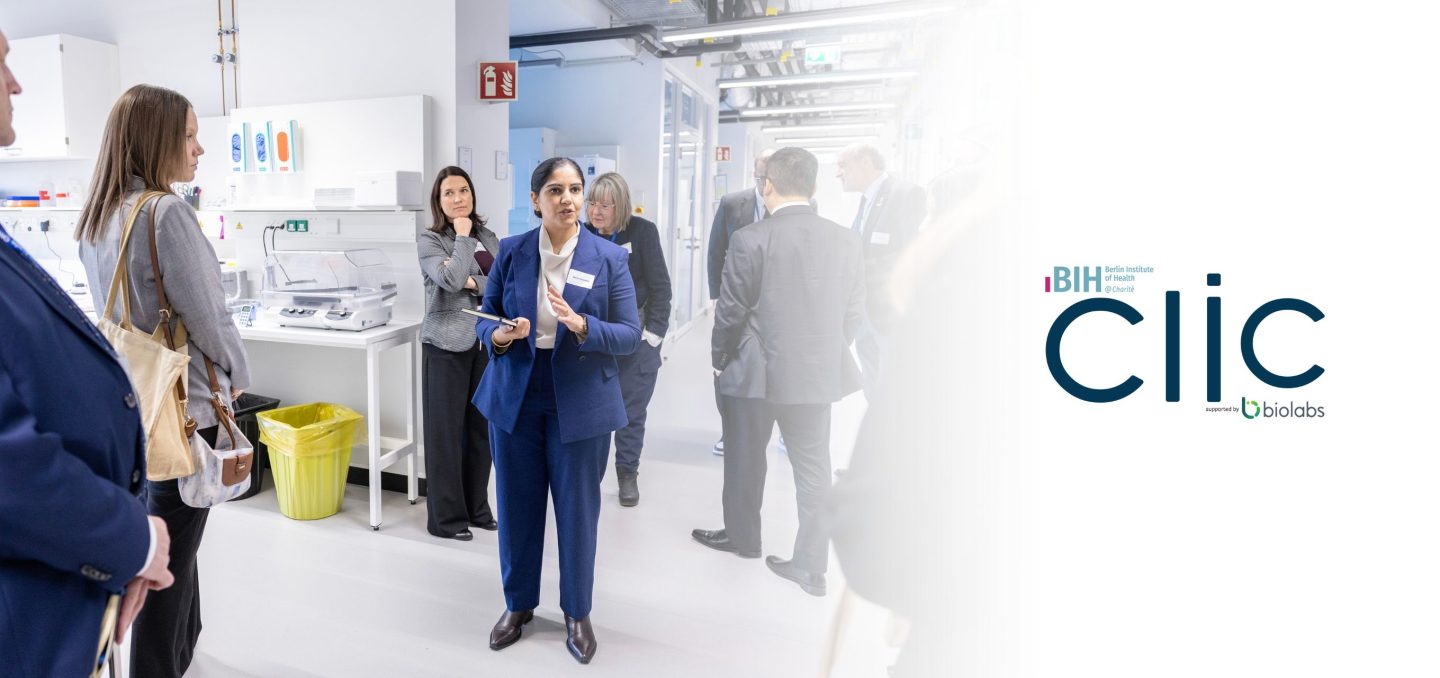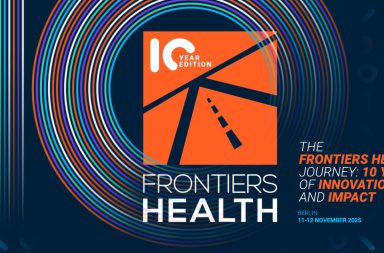We had the pleasure of meeting Dr. Garima Bhardwaj at Frontiers Health 2025, where she brought a sharp translational lens to the conversation on biotech innovation.
As Head of the BIH Clinical Incubator (CLIC), she’s at the forefront of bridging scientific discovery and clinical application—helping life science entrepreneurs deal with the confusing path from lab to patient.
From public-private partnerships to shared infrastructure and the convergence of AI, synthetic biology, and digital health, Garima shared actionable insights for life science entrepreneurs navigating the translational journey.
We caught up with her after the session to dive a little deeper. Here’s what she shared with us.
Translating Biotech Innovation into Clinical Impact
You’re leading the BIH Clinical Incubator right where science meets real-world impact—helping turn groundbreaking research into tangible clinical solutions. What are the most promising models you’ve seen for translating early-stage biomedical discoveries into real-world therapies—and how do public-private partnerships play a role in that journey?
At the heart of successful translation is creating structures that de-risk innovation early and integrate diverse expertise—scientific, clinical, regulatory, and commercial—from the very beginning.
Models that stand out to me combine structured translational frameworks with entrepreneurial freedom. For instance, in Boston I saw how programs like LabCentral or MassChallenge link academic innovators to investors, mentors, and regulatory experts in a single environment. They make “bench-to-business” transitions far smoother.
At BIH, through the Clinical Incubator (CLIC), we’re teaming up with BioLabs to build a similar bridge for Advanced Personalized Therapies (APTs)—uniting wet-lab access, clinical validation pathways, and venture guidance under one roof.
Public-private partnerships are essential here: they align public institutions’ scientific excellence with private sector agility and capital. When built on trust and clear alignment, these partnerships close the gap between discovery and delivery — ensuring that innovative science can translate into tangible patient benefit.
Shared Infrastructure and Co-working Wet Labs
Given your experience across LabCentral, Bayer, and now BIH, how do you see the role of shared infrastructure—like co-working wet labs—evolving to support the next generation of biotech startups, especially in Europe?
Shared infrastructure is one of the most powerful equalizers in biotech. Co-working wet labs remove the traditional barriers of high upfront cost and limited access to regulated lab space—allowing early-stage founders and academic teams to experiment, iterate, and collaborate at speed.
In the U.S., this model catalyzed entire ecosystems; in Europe, we’re now seeing a similar transformation. The future of shared infrastructure lies not just in providing lab benches, but in creating connected innovation communities where scientists, clinicians, and entrepreneurs work side by side.
At CLIC, our collaboration with BioLabs brings this model to Berlin. It’s not simply about space—it’s about embedding our residents in a network of more than 25 global sites, giving them international visibility, mentorship, and access to investors and pharma partners. This kind of shared platform is exactly what Europe needs to nurture its next generation of biotech ventures.
Adapting to AI and Digital Health Convergence
With the convergence of AI, synthetic biology, and digital health, how is CLIC adapting its support model to meet the needs of increasingly interdisciplinary biotech ventures? Do you prioritize any specific capabilities or partnerships to maintain a competitive edge?
At CLIC, we’re seeing a growing number of teams working at the intersection of biotechnology, AI, and digital health — and we’re very happy to support them. The way therapies are developed is changing rapidly, and the boundaries between wet-lab science, computation, and clinical data are becoming increasingly integrated.
To meet these evolving needs, we’ve built an interdisciplinary model that leverages the broader BIH ecosystem. We collaborate closely with other BIH and Charité teams who bring expertise in data science, digital biomarkers, and clinical informatics, helping our residents learn how to handle data smartly and responsibly from the start.
We also work with our pharmaceutical and equipment partners to train teams in using real-world data, implementing AI-driven analytics, and understanding how digital tools can strengthen experimental and clinical design.
Ultimately, our goal is to help founders build therapies that are not only scientifically strong, but also informed by data and digital innovation — ensuring their work remains at the forefront of translational medicine.



